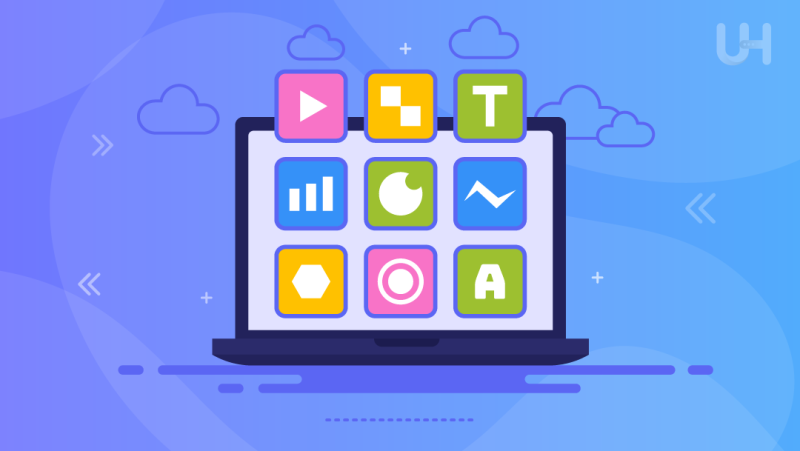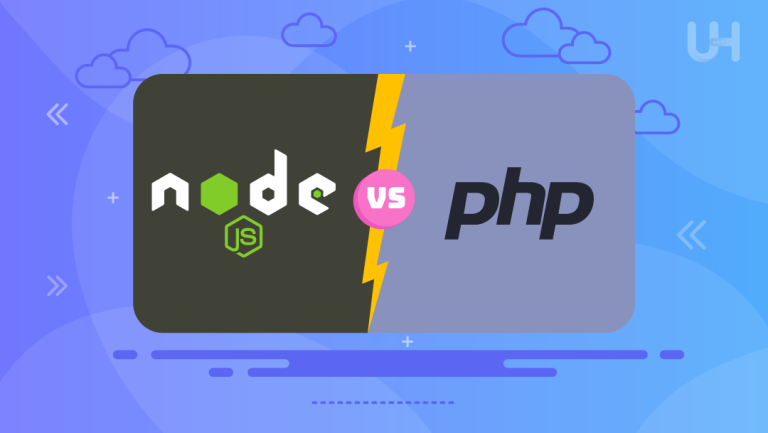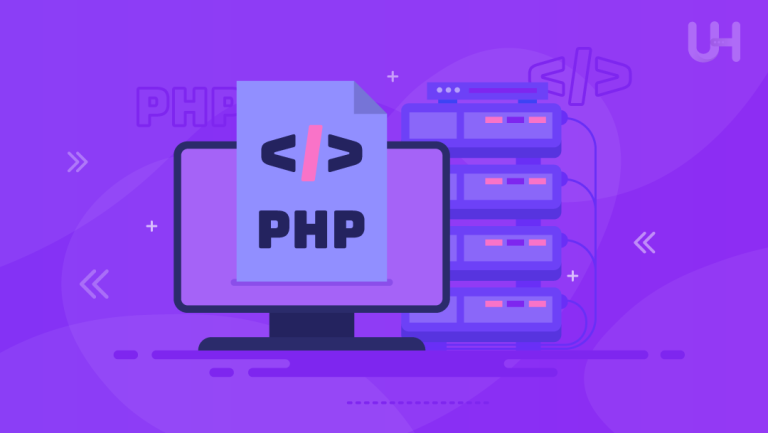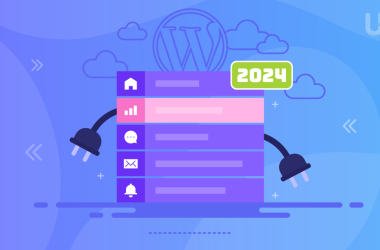The era of unquestionable PC dominance is gradually coming to an end. The share of mobile devices on the internet is increasing year by year. As more and more people use the internet on their phones and tablets, there are situations where they would like to run Android apps on their laptops as well.
However, running Android apps on a PC is not straightforward, as Windows remains the king of computers. Nevertheless, with a growing number of people who would like to use mobile apps on their computers, solutions enabling the running of Android apps on PCs are emerging.
Whether you want to do it for convenience or Android software testing and development purposes, I’ll show you how you can do it. To accomplish this, use an emulator. Emulators like Bluestacks allow you to emulate the Android operating system on your computer, opening up new possibilities for users.
Choosing the Right Android Emulator
Selecting the appropriate Android emulator is a crucial step in the process of running Android applications on your computer. Among many different emulators, the most popular is Bluestacks.
Emulators are tools that allow the emulation of the Android system on a PC. Users may utilize mobile applications on a larger screen using a mouse and keyboard. Bluestacks is one of the most well-known and widely used Android emulators.
It offers a wide range of features and is user-friendly even for beginners. Of course, Bluestacks is not the only Android emulator for PCs. In addition to it, there are other popular solutions such as Nox Player, Andy, or Genymotion.
Each of these emulators has its characteristics and advantages, so it is crucial to choose the one that best suits the individual needs and preferences of the user. When selecting an Android emulator, several key factors should be taken into account, such as compatibility with the computer’s operating system, availability of additional features, performance, and ease of configuration.
Developers should regularly update and support a proper emulator to ensure stability and compatibility with the latest version of Android.
Bluestacks
Known for its user-friendly interface and wide range of features, Bluestacks primarily focuses on mobile gaming and offers an optimized environment for gamers.
Choose powerful Android Emulator
Experience the future of Android with Bluestacks VPS Hosting! Say goodbye to the era of PC dominance as you unlock endless possibilities. Enjoy your favorite Android apps on your PC hassle-free. Try Bluestacks VPS today and explore a whole new world of convenience and flexibility!
Nox Player
This Android emulator focuses more on general applications than games. Nox Player features advanced configuration options for users who need a flexible and versatile emulator.
Andy
Andy, once popular, has seen its heyday pass. Its popularity declined due to performance issues and updates. While it allows for using Android apps on a computer, it may be less stable and less optimized.
Genymotion
Frequently chosen by mobile app developers for testing and debugging their products, Genymotion is a professional tool offering advanced features such as simulation of various devices and Android versions, essential for developers aiming to ensure their app’s compatibility with different devices.
Installing an Android emulator on your computer
After selecting the appropriate Android emulator, the next step is installing it on your computer. Below are step-by-step instructions for installing Bluestacks:
- Download the emulator installation file: Go to the official website to download the installation file. Make sure you download the file suitable for your computer’s operating system.
- Run the installation file: Once you have downloaded the installation file, double-click on it to start the installation process. Follow the on-screen instructions to install the emulator on your computer.
- Configure settings: After the installation, you may be prompted to configure some basic settings such as language, location, or access to the Google Play Store. Choose the appropriate options according to your preferences.
- Sign in with your Google account: To download and run apps from the Google Play Store on the emulator, sign in to your Google account. Follow the on-screen instructions to sign in or create a new account.
- Complete the installation: Configure the basic settings to complete the installation process. You can now start using the emulator and run Android apps.
However, it’s not always worth installing an Android emulator on your computer. There is one more efficient solution based on a virtual private server, which I’ll tell you about in a moment.
Running Android Apps on a PC
After successfully installing the Android emulator on your computer, you can run apps on your PC. Launch the installed Android emulator on your computer and, if you haven’t done so during installation, sign in to your Google account in the emulator to access Google Play services.
In the Google Play Store, you can search for apps you want to install on your computer. You can browse categories, use the search bar, or explore suggested apps. Once you find an app you’re interested in, click on it, and then click “Install”. After the app installation is complete, it will be ready to run.
You can run the app by clicking on its icon on the emulator desktop or in the app menu. The app should launch just like on a real Android device.
Optimization and Troubleshooting
Once you have installed the emulator and launched the apps on your computer, the fun doesn’t stop there. Remember to regularly update the emulator software to access the latest features and security fixes. An issue may arise if you find that you don’t have adequate hardware resources.
After all, it’s hard to buy additional RAM or increase processor power. In such cases, virtual hosting can come to your aid, allowing you to tailor the server resources to the emulator’s needs and the application you’ve chosen.
With Bluestacks VPS, you can easily scale your server’s power up or down according to your application needs. It is an incredibly cost-effective solution, especially when you only use hardware-demanding applications occasionally. UltaHost allows you to use a cheaper VPS package daily and increase it only when needed.
Regularly monitor the emulator’s performance to ensure it runs smoothly and without issues. If you notice any slowdowns or problems, you can try adjusting the emulator settings or adding additional resources to your Bluestacks VPS.
Optimization and troubleshooting will help you maximize the potential of the Android emulator on your computer and enjoy the smooth operation of Android apps on your PC.
Conclusion
Utilizing an Android emulator such as Bluestacks on your computer unlocks a plethora of possibilities, allowing you to enjoy your favorite mobile apps without the need for a physical Android device.
The ability to use Android apps on a larger computer screen with a keyboard and mouse provides better usability. For mobile app developers, an Android emulator serves as an ideal testing environment to check app performance across different Android versions and devices. And if this environment is run on a virtual hosting machine, the benefits for developers will be multiplied.
Bluestacks VPS gives you access to a wide selection of apps from Google Play without the limitations associated with a mobile device.
It’s worth experimenting with Android emulators and leveraging the new features they offer. This way, you can discover new possibilities and better tailor your mobile app experience to your needs.
If your project is bigger, you need a server with greater power. Check our VDS Hosting plans. It is still virtual hosting, but we don’t divide the resources in this case. You will have the whole processor for your own. Get 24/7 support from our support team. Our powered infrastructure focuses on auto-scaling, performance, and security. Let us show you the difference! Check out our plans!
FAQ
Why would I want to run Android apps on my computer?
Running Android apps allows for greater convenience and flexibility, enabling you to enjoy your favorite mobile apps on a larger screen with the keyboard and mouse. It serves as a valuable tool for Android software testing and development purposes, providing an environment to optimize and debug applications.
Which Android emulator should I choose?
When selecting an Android emulator, it’s essential to consider factors such as compatibility with your computer’s operating system, performance, ease of configuration, and availability of additional features. Popular options include Bluestacks, Nox Player, Andy, and Genymotion, each with its unique characteristics and advantages.
How do I install an Android emulator on my computer?
To install an Android emulator on your computer, start by downloading the emulator installation file from the official website. Then, run the installation file and follow the on-screen instructions to complete the installation process. Once installed, configure the basic settings and sign in with your Google account to access the Google Play Store.
What if I encounter performance issues or hardware limitations?
If you experience performance issues, consider utilizing Bluestacks VPS. You can easily scale your server’s power according to your needs, ensuring smooth performance without the limitations associated with hardware. Regularly monitoring the emulator’s performance and optimizing settings can help maximize its potential and troubleshoot any issues.












